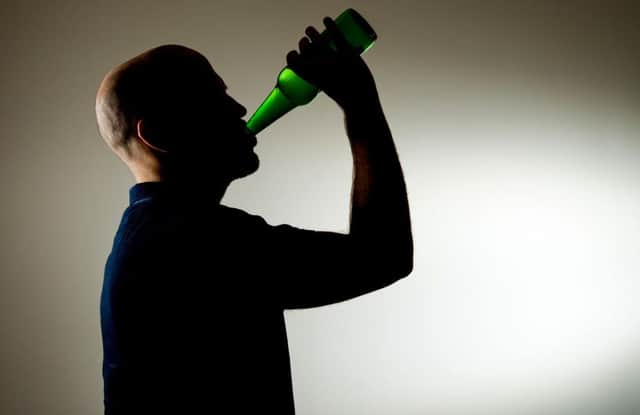Drink-related deaths in Scotland still higher than in England and Wales


Health experts said that while there has been a drop in alcohol consumption, this “may have slowed or even stalled in recent years”.
The Scottish Government brought in a strategy for tackling drink in 2009, but NHS Health Scotland said delays to the introduction of minimum unit pricing - which has been held up by a legal challenge - are “likely to have constrained” the strategy’s effectiveness.
Advertisement
Hide AdAdvertisement
Hide AdThe final report of the Monitoring and Evaluating Scotland’s Alcohol Strategy programme stresses that “alcohol-related harm in Scotland has declined in recent years”.
But it also says: “Despite these recent improvements, rates of alcohol-related mortality and morbidity in Scotland continues to be higher than in the 1980s and higher than England and Wales.
“Inequalities in alcohol-related harm persist, with those living in the most deprived areas, especially men, having the highest rates.
“There is, therefore, a continued need for action to further reduce alcohol-related harm in Scotland and to address these health inequalities.
“Minimum unit pricing has not been implemented and this is likely to have constrained the strategy’s contribution to declining alcohol consumption and related harm.”
The report also said there is “some evidence that the downward trends in both alcohol consumption (sales) and alcohol-related mortality may have stalled” with no decreases in 2013 and 2014.
The amount Scots report drinking on average has fallen, the report said, going from 19.8 units a week in 2003 to 13.6 units in 2014 for men, while female consumption dropped from nine units to 7.4 a week over the same period.
It said these decreases have been brought about by a “notable decrease” in the amount 16 to 24-year-olds are drinking, a rise in the number of people who do not drink, and a large fall in consumption by the heaviest 10 per cent of drinkers.